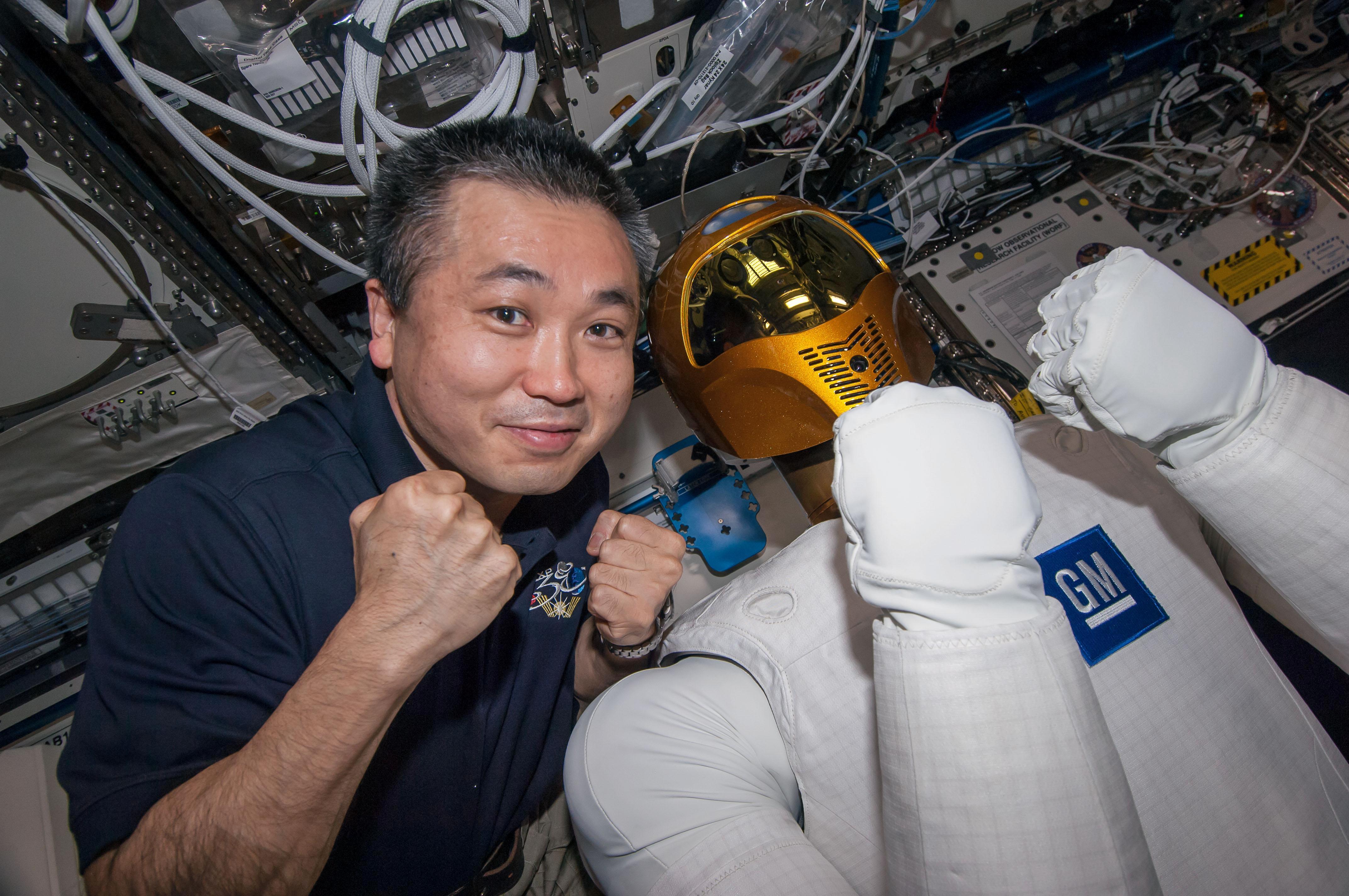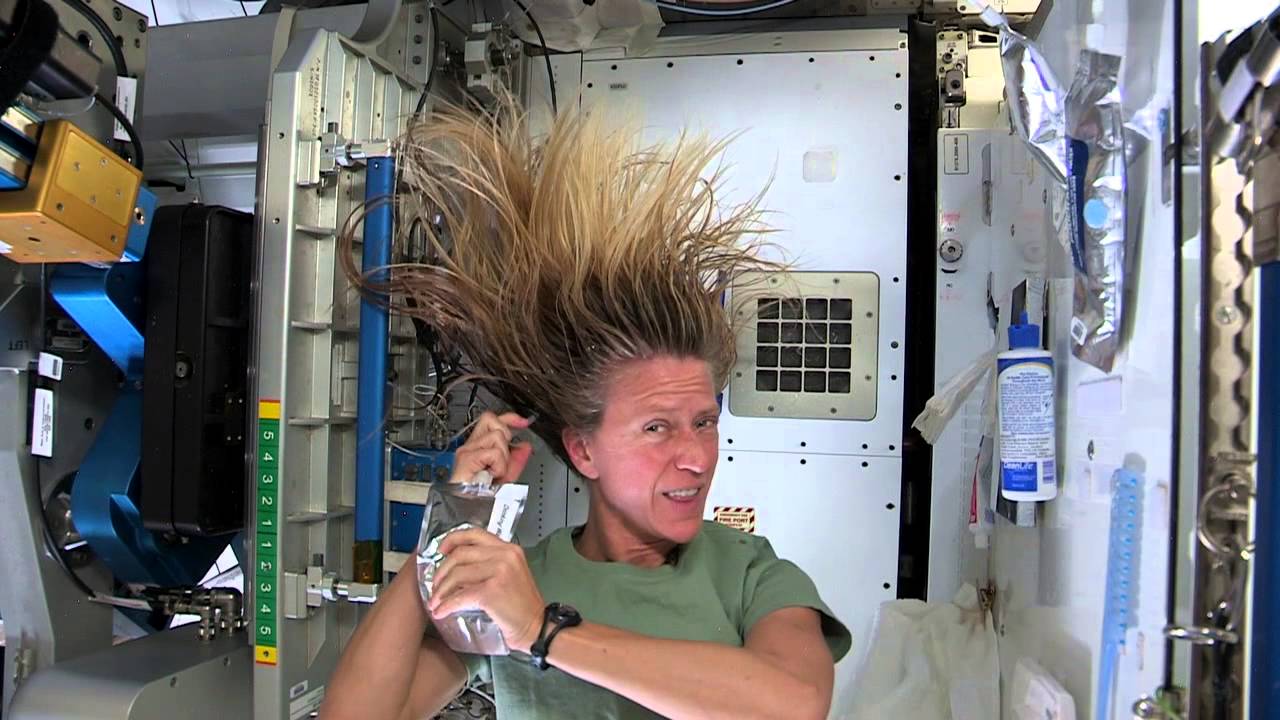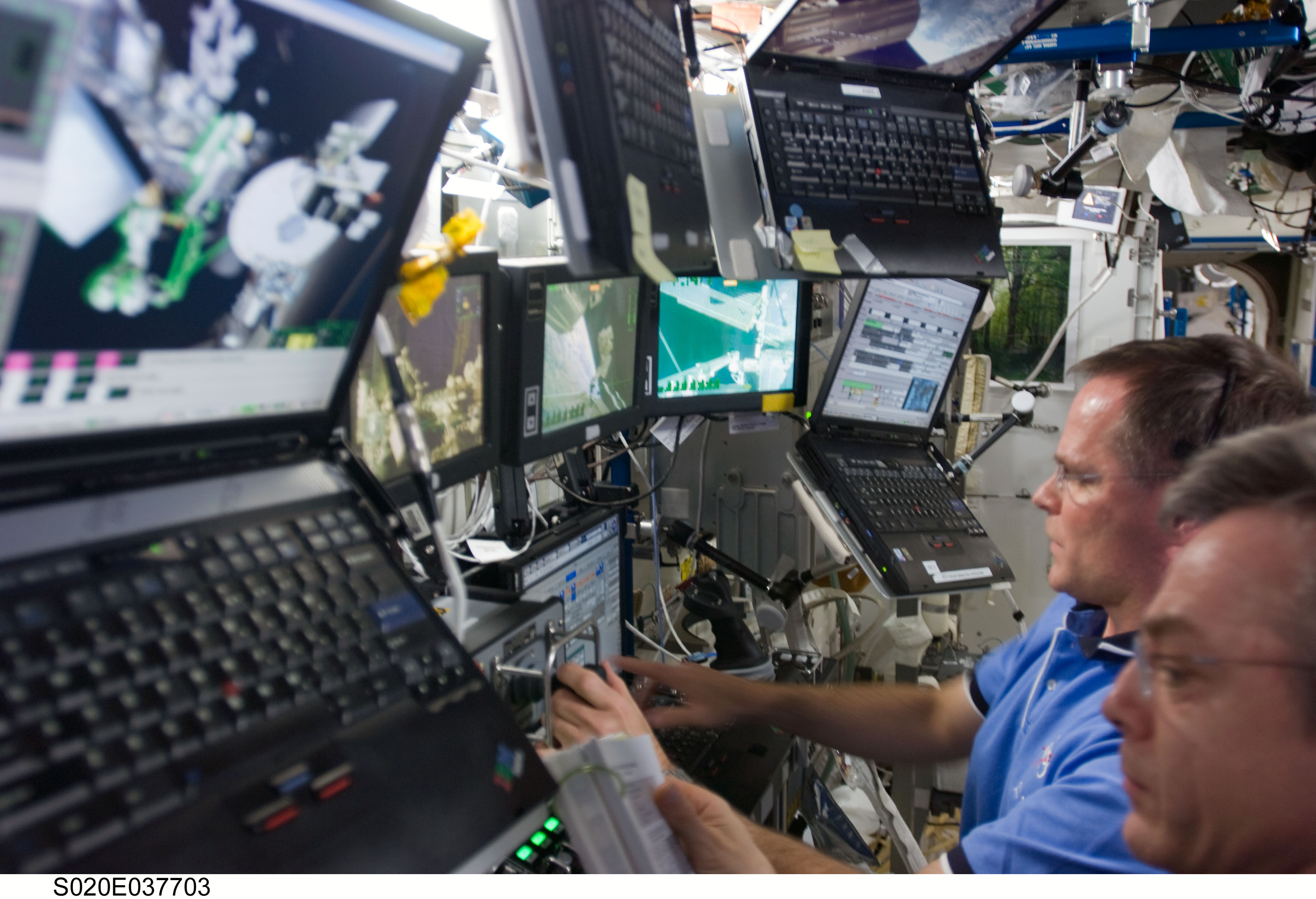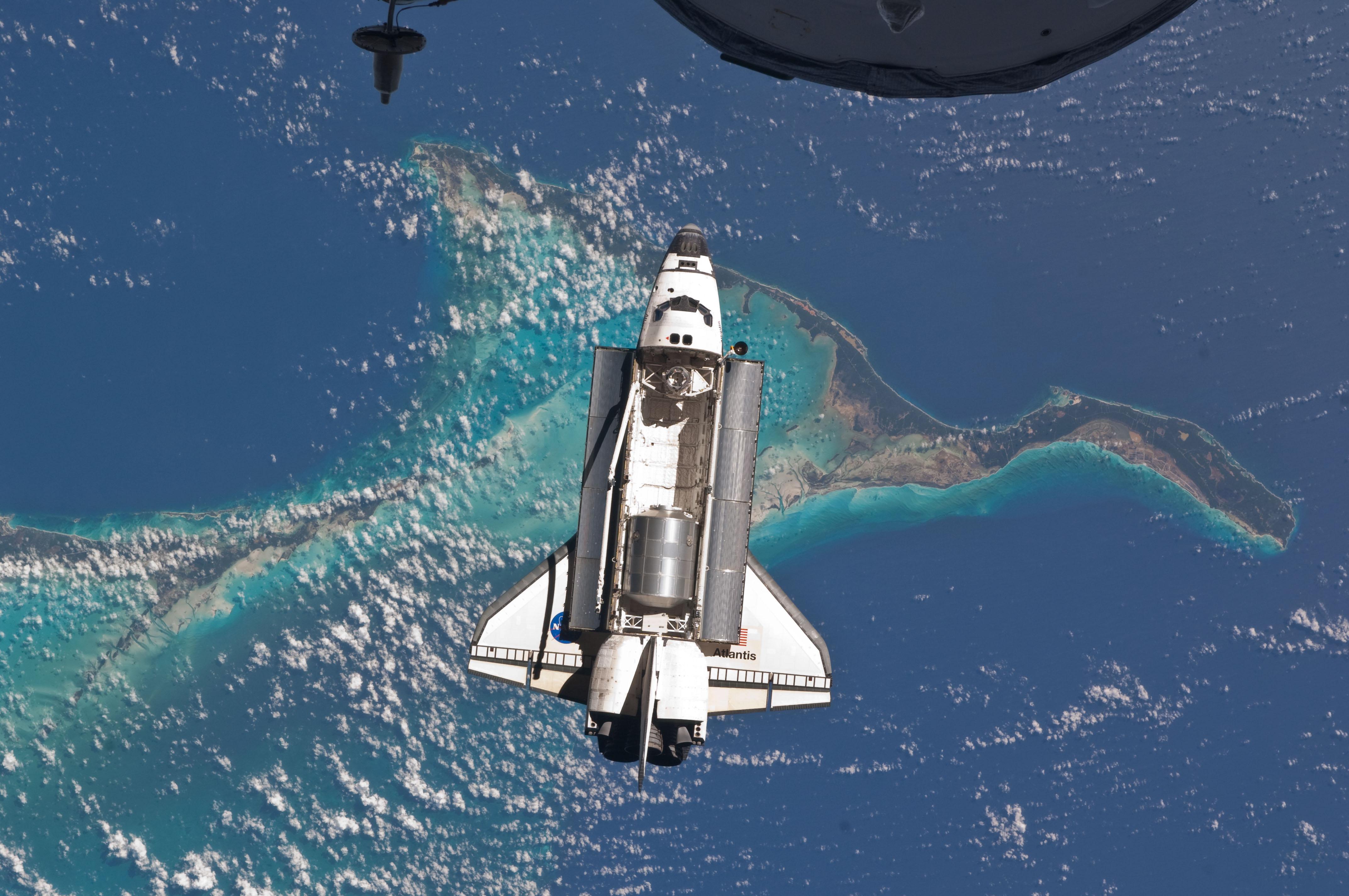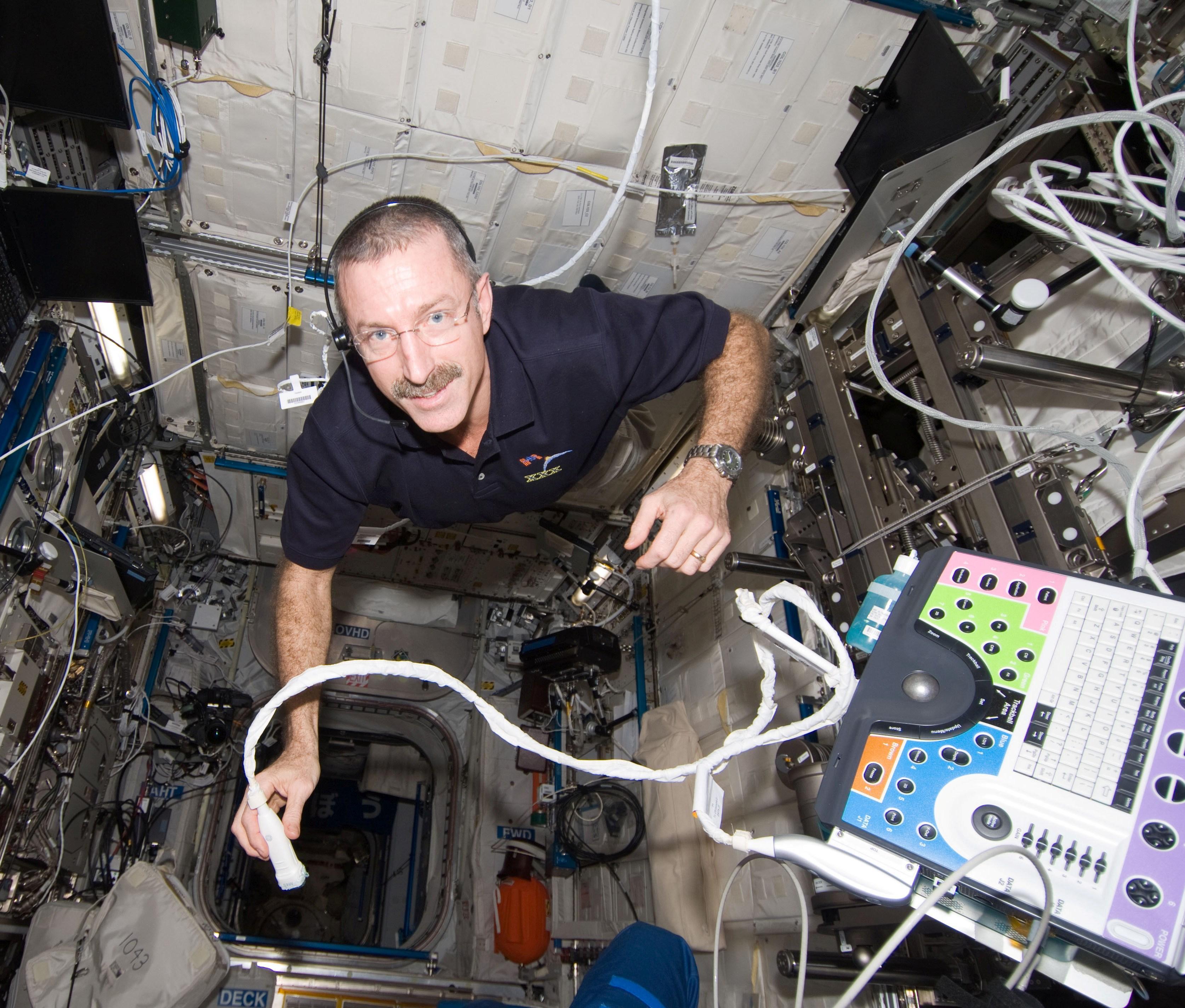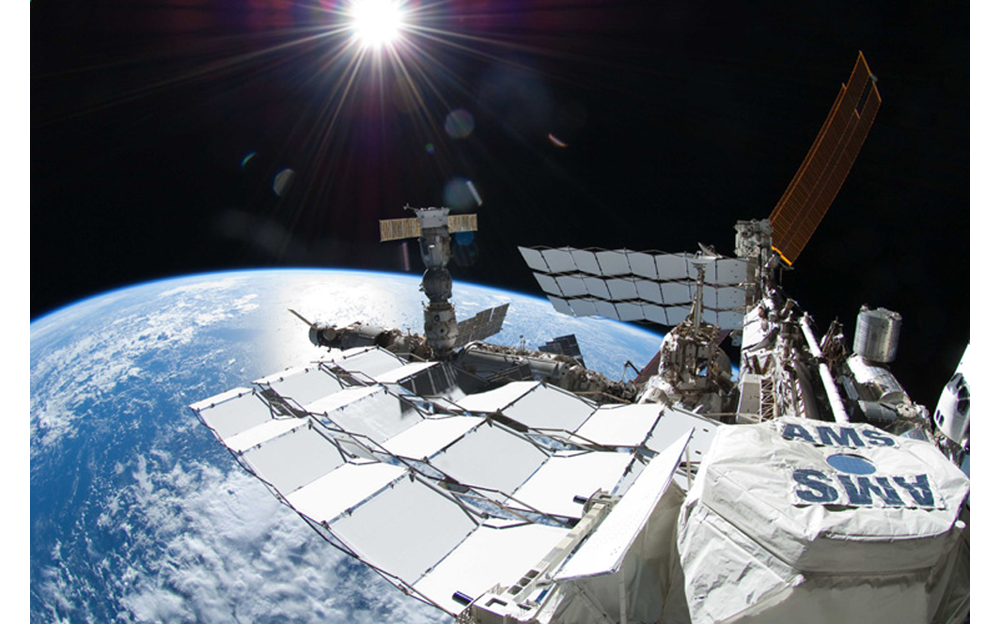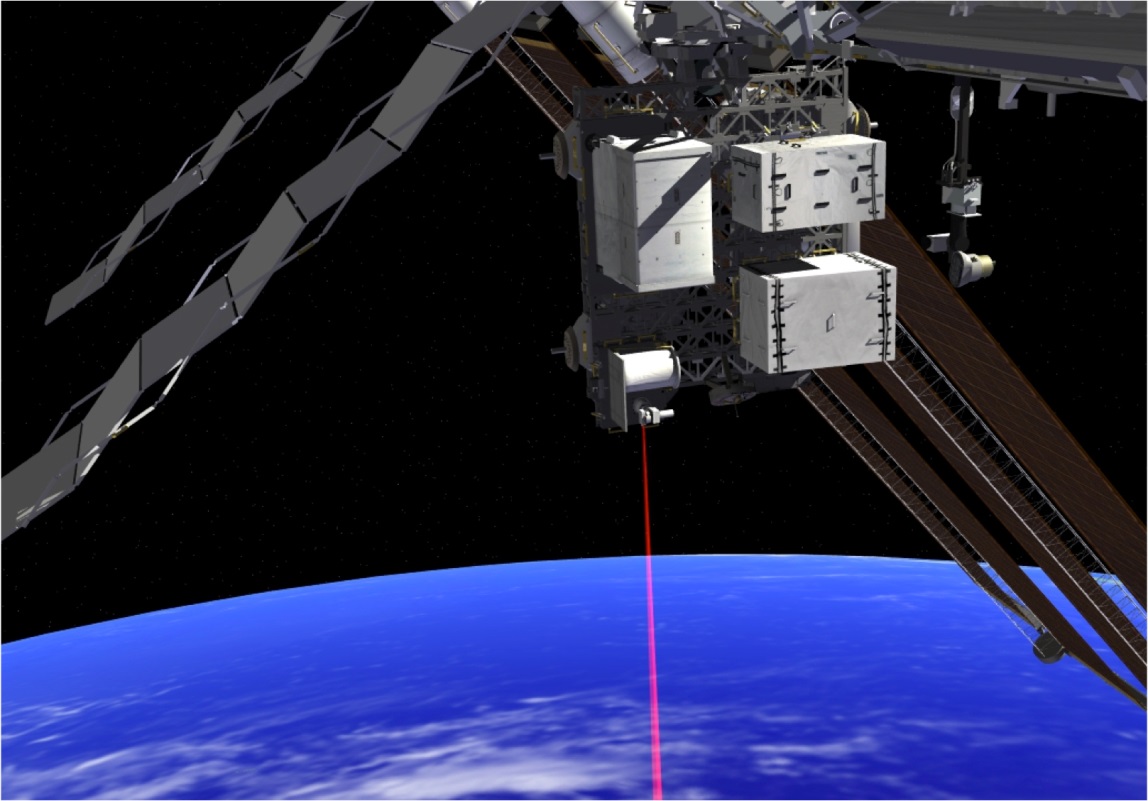13 Things 'Star Trek' Gets Right (and Wrong) About Space Tech
Space Tech Fact and Fiction
In "Star Trek," science often drives the plot forward. Whether characters are beaming to the surface of an alien planet or using warp drive to take a shortcut across the Milky Way, technology is essential for the crewmembers of the USS Enterprise to do their jobs.
"Star Trek" doesn't always get this science and technology exactly right, but viewers shouldn't harp on the franchise's missteps, said David Allen Batchelor, a member of the radiation effects and analysis group at NASA's Goddard Space Flight Center in Greenbelt, Maryland.
"Generally, 'Star Trek' is pretty intelligently written, and more faithful to science than any other science fiction series ever shown on television," Batchelor wrote in a recent analysis of "Star Trek" tech. [Warp Drive & Transporters: How 'Star Trek' Technology Works (Infographic)]
"'Star Trek' also attracts and excites generations of viewers about advanced science and engineering, and it's almost the only show that depicts scientists and engineers positively, as role models," Batchelor added. "So let's forgive the show for an occasional misconception in the service of an epic adventure."
Below is a list of the technology he analyzes, from A to Z.
Search for life
Astronomers are busy looking for other exoplanets. So far, about 3,400 alien worlds have been discovered, most of them by NASA's Kepler space telescope. Some of these planets are rocky and apparently reside in the "habitable zone" of their parent stars, just like Earth. But researchers have yet to find any signs of life, let alone intelligent aliens such as those that populate the "Star Trek" universe.
Scientists mainly agree that carbon-based life-forms (like those of Earth) could be common in the universe, because carbon is so abundant, Batchelor wrote. Humanoid races like the Vulcans on "Star Trek" are less likely (but then again, actors need to be able to fit into costumes).
Breaking space news, the latest updates on rocket launches, skywatching events and more!
"Could half-human/half-alien hybrids ever exist, like Mr. Spock?" Batchelor wrote. "It seems almost impossible, but with recombinant DNA, our scientists have already created interspecies hybrids. Mr. Spock is not totally beyond biochemical reality, but definitely at the edge." [10 Exoplanets That Could Host Alien Life]
Androids
Viewers of "Star Trek: The Next Generation" are familiar with Data, the android being who learns how to deal with emotions through a special chip implanted in his brain. Data may have trouble understanding jokes, but his computing wizardry and eagerness to help made him a favorite among fans.
Today, we can transmit information simply from brain to machine to help paralyzed people move, Batchelor said. Also, NASA's Robonaut 2 can flip switches and do simple tasks aboard the International Space Station.
"Creating 'Star Trek''s Mr. Data would be a historic feat of cybernetics, and it's very controversial in computer science whether it can be done," Batchelor said. "Maybe a self-aware computer can be put into a human-sized body and convinced to live sociably with us and our limitations. That's a long way ahead of our computer technology, but maybe not impossible."
Artificial gravity
In "Star Trek," starships use artificial gravity to prevent their crewmembers from floating around like astronauts aboard the International Space Station (ISS) do. There are mechanical ways to create artificial gravity, such as the fictional spinning space station in the famous 1968 movie "2001: A Space Odyssey." It's also possible to generate artificial gravity with magnetic fields, but there would be some problems, Batchelor said.
"Artificial gravity is not about to provide the normal environment of weight that the Enterprise crew experience," he wrote. "Specially designed magnetic fields could do a similar, weaker job, but they would play havoc with metal equipment … Generating artificial graviton particles is imaginable, but there's no way to say how it might be done."
It would be nice if artificial gravity were available for astronauts, though. After months in microgravity conditions, spaceflyers commonly experience decreased bone density, loss of muscle strength and vision problems. [The Human Body in Space: 6 Weird Facts]
Cloaking device
Occasionally, it's useful to hide from the enemy, even if you're in a powerful starship that can blast other ships to pieces. For example, the USS Enterprise hides in the atmosphere of Titan, Saturn's biggest moon, in the 2009 "Star Trek" reboot movie.
But what's even more useful is an artificial cloaking device you can carry with you — such as that used by the Klingon Bird of Prey ship in the "Star Trek" franchise.
Such technology is a long way off in real life, however.
"Crude cloaking devices have been developed today, but they consist of cumbersome layers of metamaterials that only hide tiny objects from visibility in a limited range of colors," Batchelor wrote, pointing out that metamaterials are electronic devices that distort the usual reflection and refraction properties of light. "New varieties of metamaterials undoubtedly will produce new, strange effects, but they don't seem capable of providing complete invisibility."
Miniaturized technology
This was one of the best predictors of "Star Trek: The Original Series." Often, when crewmembers were exploring an alien planet, they would send back reports of their observations to the Enterprise using communicators. In an era when computers were the size of rooms, such miniaturized technology was viewed as incredibly futuristic.
"Cellphones are ubiquitous now, to an annoying extent, and images and videos made with them are now collected and exchanged obsessively," Batchelor wrote. "Landing parties in past 'Star Trek' shows only gave verbal reports, and did not send back images and videos, as today's people would."
Meanwhile, longer-range subspace communications — which Enterprise crewmembers use to send messages to Starfleet — remains a TV idea with no physics to back it up. (In physics, "subspace" refers to the theory that space-time may have 11 or more dimensions, which would involve length, width, depth, time and seven more dimensions "curled up" on the subatomic size scale.)
Computers
The computer on the USS Enterprise is an important tool to help the crew find its way around the universe. During "The Original Series," the computer could do scans of a planet and let the crew know if the planet was M-class, or habitable. In later generations of "Star Trek," the computer could produce fanciful holodecks to play out detective stories.
"Today's computers entertain us with video games and movie special effects that are awesomely more spectacular than the special effects in the original 'Star Trek' show," Batchelor wrote. Examples include searching databases, exploring Mars or creating designs on the fly. Supercomputers have also helped us model weather and the origins of the universe. And while holodecks aren't possible yet, we do have crude virtual-reality headsets available.
"Interestingly, the Internet was not predicted by 'Star Trek' visionaries, who remained focused on large, isolated computers," Batchelor added. But other technology thought of by the writers — such as universal translators — are too complicated and simply "a preposterous shortcut to keep the plot from faltering," he added. [The Top 10 Star Trek Technologies]
Deflector shields and tractor beams
These technologies were useful when the Enterprise encountered other ships. If a Klingon ship fired upon the Enterprise, for example, deflector shields could direct the force of the attack away from the ship. A tractor beam, on the other hand, was useful for capturing a smaller ship.
"We know how to deflect electrically charged objects using electromagnetic fields, and there are concepts for protecting space travelers from cosmic radiation this way. That's the only physics trick we know that resembles the powerful special effects of the Enterprise's shields," Batchelor wrote.
"We can also make big magnets that have some respectable attraction, and with the right electronic circuits regulating the strength of the magnets, we can imagine towing some kinds of metal objects through space," he added. "A beam that is projected at something to attract it is purely imaginary."
Medical tech
"Star Trek" features various medical devices capable of sealing and healing wounds immediately using some sort of ray (as seen in "Star Trek Beyond," to humorous effect).
While lasers are used today to seal (cauterize) some tissue wounds, or for dentistry, Batchelor wrote that healing rays are "just a medical miracle of the imaginary 24th century." There are some very rough analogues in use today, however. For example, some research shows that weak electric currents can make bones heal faster.
Matter-antimatter generation
The Enterprise relies on this technology for power, and Batchelor calls it one of the best scientific features of the starship. Antimatter and matter are said to be very volatile when they get close to each other, producing an explosion. That's pretty much what actually happens. Dilithium crystals, sadly, are just imaginary.
"Antimatter has been created recently in microscopic quantities and is being studied to advance physics knowledge," Batchelor wrote. "But it isn't possible yet to produce amounts of antimatter that would be useful for fuel or power generation."
Phasers
These are energy blasters commonly used during "away missions," sort of like an advanced gun that is useful for self-defense.
"Phaser" stands for PHASed Energy Rectification, and, according to "Star Trek" writers, were seen as the next generation of lasers. While phasers use fanciful physics, the army does have phaser-like stun weapons that use microwaves on the skin, Batchelor wrote.

Elizabeth Howell (she/her), Ph.D., was a staff writer in the spaceflight channel between 2022 and 2024 specializing in Canadian space news. She was contributing writer for Space.com for 10 years from 2012 to 2024. Elizabeth's reporting includes multiple exclusives with the White House, leading world coverage about a lost-and-found space tomato on the International Space Station, witnessing five human spaceflight launches on two continents, flying parabolic, working inside a spacesuit, and participating in a simulated Mars mission. Her latest book, "Why Am I Taller?" (ECW Press, 2022) is co-written with astronaut Dave Williams.


